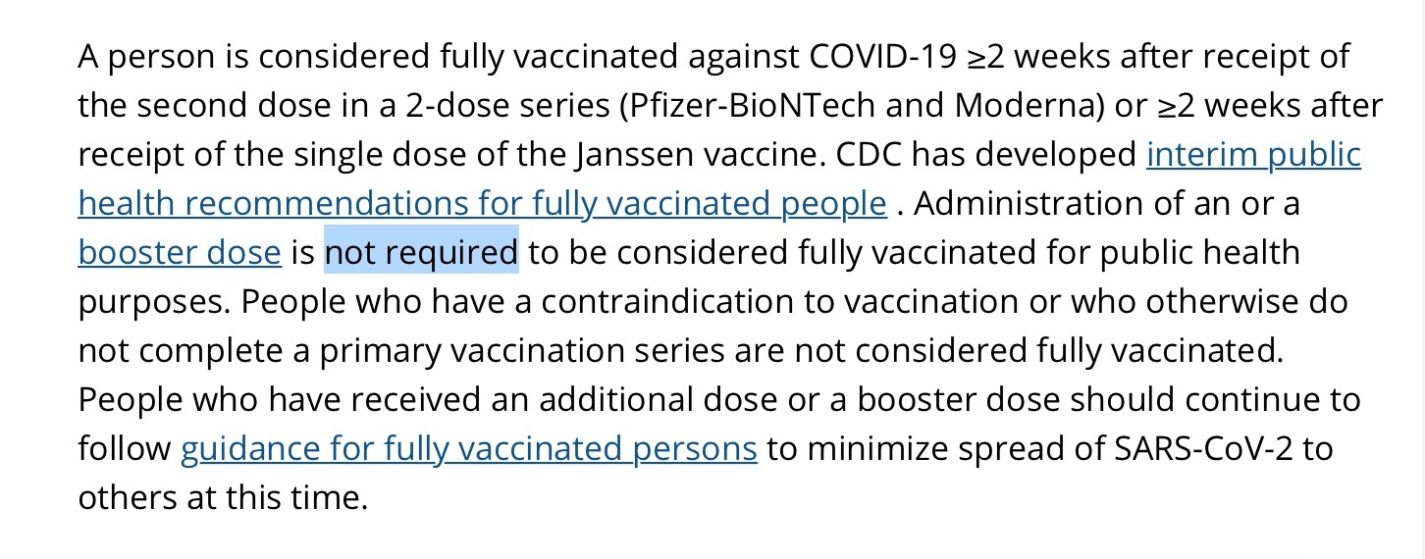The Ultimate Guide To CDC: Public Health And You
In an era marked by emerging infectious diseases, escalating healthcare costs, and growing health disparities, how can we ensure the well-being of our communities and ourselves? The Centers for Disease Control and Prevention (CDC) stands as a critical bulwark against these threats, tirelessly working to safeguard public health and fortify the nation's health security.
From its headquarters in Atlanta, Georgia, the CDC's influence extends globally, impacting lives through research, surveillance, and decisive action. The agency's commitment to health promotion, disease prevention, and emergency preparedness underpins its multifaceted approach to protecting populations from both chronic and acute health challenges. This encompasses everything from tackling the opioid crisis and promoting healthy lifestyles to combating the spread of infectious diseases and responding to natural disasters.
| Official Name: | Centers for Disease Control and Prevention (CDC) |
| Headquarters: | Atlanta, Georgia, USA |
| Parent Agency: | U.S. Department of Health and Human Services (HHS) |
| Mission: | To protect public health and safety through the control and prevention of disease, injury, and disability in the US and internationally. |
| Key Activities: | Disease surveillance, epidemic investigation, health promotion, research, environmental health, occupational safety and health. |
| Website: | www.cdc.gov |
The CDC's mission is not simply reactive. It's deeply ingrained in prevention. By meticulously tracking health trends, identifying the root causes of health issues, and responding swiftly to outbreaks, the CDC works to prevent illnesses before they become widespread crises. This proactive approach is fundamental to mitigating the impact of both endemic and emerging diseases.
Standard precautions, a cornerstone of infection control, are advocated by the CDC for all patient care. These precautions, grounded in risk assessment and common-sense practices, involve the appropriate use of personal protective equipment (PPE) to shield healthcare providers from infection and prevent transmission between patients. This commitment to infection control extends to the management of medical waste. The CDC provides guidelines for identifying and handling wastes that pose a significant risk of infection, emphasizing prudent precautions during handling and disposal. This meticulous approach minimizes the potential for healthcare-associated infections (HAIs), protecting both patients and healthcare workers.
Beyond immediate threats, the CDC addresses long-term public health challenges. HIV, a chronic viral infection, is a prime example. While currently incurable, HIV can be effectively managed with proper medical care. The CDC emphasizes the importance of adherence to HIV treatment, highlighting its transformative power to enable individuals with HIV to live long, healthy lives and protect their partners.
The CDC also recognizes the crucial role of social determinants of health (SDOH) the conditions in which people are born, grow, work, live, and age in shaping overall well-being. By addressing these underlying factors, such as access to quality healthcare, education, and economic opportunities, the CDC strives to create a more equitable and healthier society.
Vaccine safety is another critical area of focus. The CDC rigorously monitors vaccine efficacy and safety, investigating any potential adverse events. While rare, adverse reactions can occur, and the CDC plays a vital role in determining causality and ensuring public confidence in vaccination programs. This involves collecting evidence through randomized clinical trials, epidemiological studies, and other research methods.
The rise of antibiotic-resistant bacteria poses a serious threat to public health. The CDC actively monitors and combats infections like catheter-associated urinary tract infections (CAUTIs) through initiatives like the National Healthcare Safety Network. By working closely with health departments, other federal agencies, healthcare providers, and patients, the CDC aims to prevent these infections and slow the spread of resistant germs.
Cardiac rehabilitation, a crucial program for individuals recovering from heart attacks, heart failure, and other cardiac events, also receives attention from the CDC. The agency recognizes the value of cardiac rehab in improving quality of life and reducing the risk of future cardiac events.
The CDCs multifaceted work also extends to public health preparedness, including responding to natural disasters and public health emergencies. The agency provides crucial information and resources to help individuals and communities stay safe during times of crisis. This preparedness is essential to minimizing the impact of unforeseen events and protecting vulnerable populations.
From monitoring emerging infectious diseases to addressing the opioid crisis and championing healthy lifestyles, the CDC's work is integral to the nation's health security. The agency's tireless efforts in research, surveillance, and prevention contribute significantly to improving the health and well-being of individuals and communities across the United States and beyond.
/GettyImages-456691996-b23b2621c3f74483a89ee9188250fa97.jpg)

